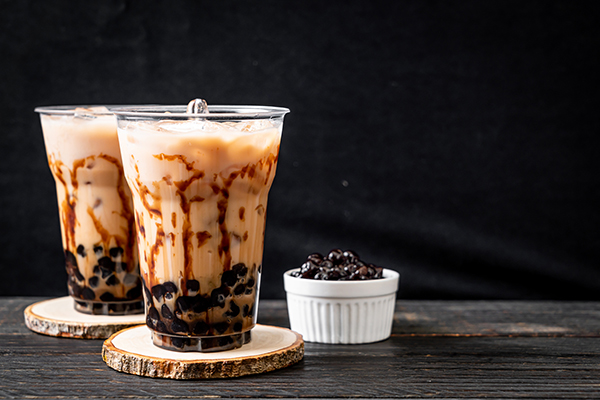Hawthorn Tea: Benefits, Side Effects, and How to Make It
Hawthorn tea is a type of herbal tea made from the berries, leaves, and flowers of the hawthorn plant. With a long history of use in traditional medicine, this heart-friendly herb is rich in antioxidants and offers a variety of potential health benefits.

Potential Health Benefits of Hawthorn Tea
This traditional tonic is a treasure trove of potential health benefits.
Cardiovascular Support
Hawthorn has been long hailed for its heart-friendly properties. Its potential ability to dilate blood vessels, lower blood pressure, and reduce cholesterol levels can contribute to overall cardiovascular health.
Other teas also exist that are beneficial in improving blood circulation.
Digestive Health
The flavonoids present in Hawthorn tea may aid digestion. Regular consumption can alleviate digestive problems, including bloating, stomach cramps, and indigestion.
Anxiety and Stress Relief
The calming properties of Hawthorn tea can also promote mental wellness. It may ease stress, soothe anxiety, and foster a sense of calm, helping you unwind at the end of a long day.
Hawthorn Tea Side Effects
Though beneficial, Hawthorn tea can also have some side effects.
Low Blood Pressure
Hawthorn’s potential to lower blood pressure can be a concern for those who already have low blood pressure. Excessive consumption might further decrease it, leading to light-headedness, fainting, or even shock.
Allergic Reactions
Some individuals might be allergic to Hawthorn. Consumption can trigger allergic reactions, which may range from mild skin rashes to severe breathing difficulties.
Drug Interactions
Hawthorn tea can interact with certain medications, like heart medicines, blood pressure drugs, and digoxin. Consult your healthcare provider before including Hawthorn tea in your diet if you’re on any medication.
Who Should Not Drink Hawthorn Tea?
People with low blood pressure, pregnant or breastfeeding women, and those on heart medications should avoid consuming Hawthorn tea. Also, those who are allergic to Hawthorn should steer clear of this herbal brew.
How to Make Hawthorn Tea
Sip your way to good health with a cup of Hawthorn tea. Here’s how to make it.
- Boil a cup of water in a kettle or a pot.
- Add 1-2 teaspoons of dried Hawthorn tea leaves, flowers, or berries.
- Let it steep for 15-20 minutes.
- Strain the tea into a cup and enjoy it hot.
Always remember to follow the manufacturer’s guidelines stated on the packaging if you use a branded product bought online or at a local store.
Final Thoughts
Hawthorn tea is more than just a warm, soothing beverage. Its potential health benefits can make it a wonderful addition to your daily routine. However, always bear in mind its potential side effects.
FAQ
What Does Hawthorn Tea Taste Like?
Hawthorn tea has a unique taste profile – a subtle mix of sweet, tart, and earthy flavors. The underlying fruity notes give it a pleasant, refreshing character.
When Should I Drink Hawthorn Tea?
The ideal time to drink Hawthorn tea can depend on your lifestyle and preference. If you’re using it for relaxation, having it before bedtime can be beneficial. If it’s for digestion, consuming it after meals might be useful.
How Often Can You Drink Hawthorn Tea?
You can typically drink Hawthorn tea up to three times a day. However, be mindful of its potential side effects and consult a healthcare professional for personalized advice. And remember to adhere to the manufacturer’s guidelines if you’re using a branded product.
How Long Can You Drink Hawthorn Tea Safely?
Regular consumption of Hawthorn tea is generally safe for most people. Long-term use should be under the guidance of a healthcare professional, considering its potential side effects and interactions.






